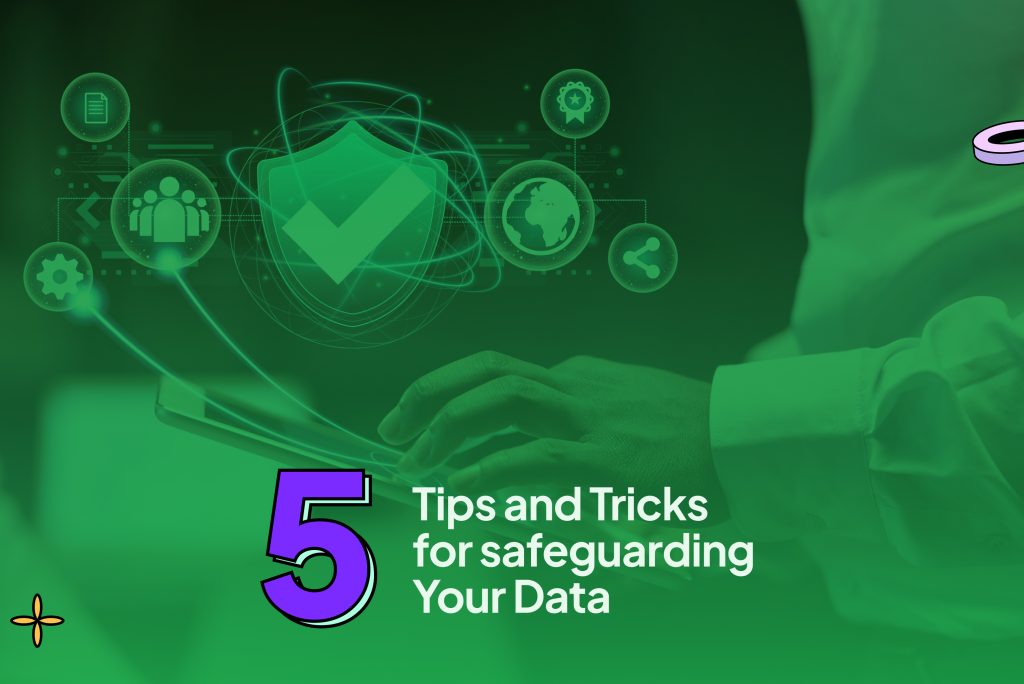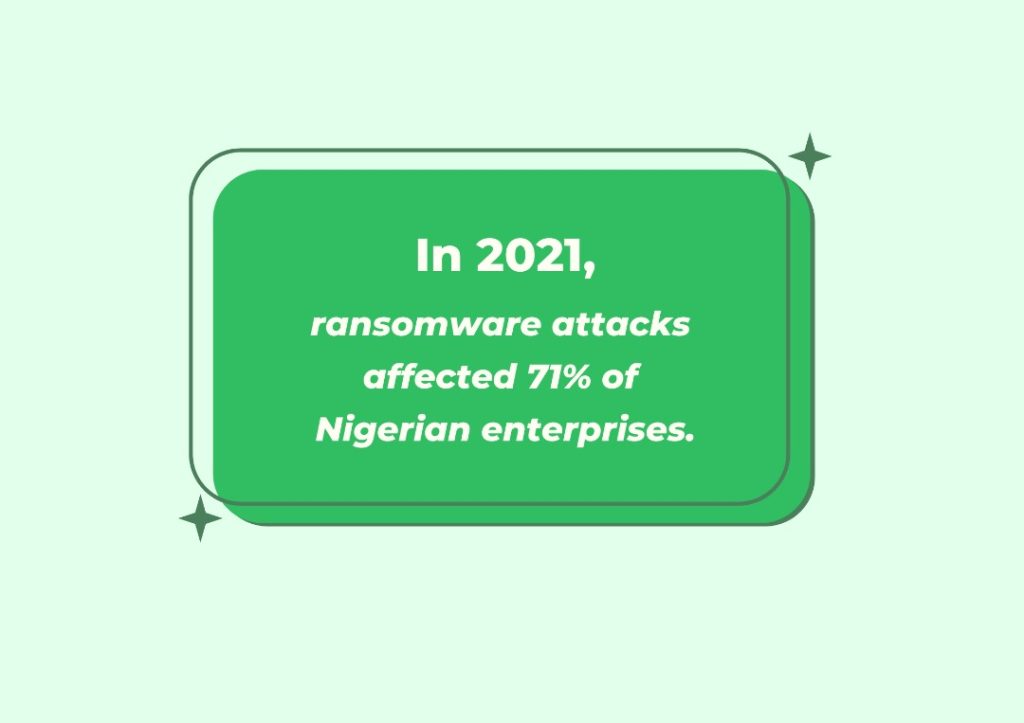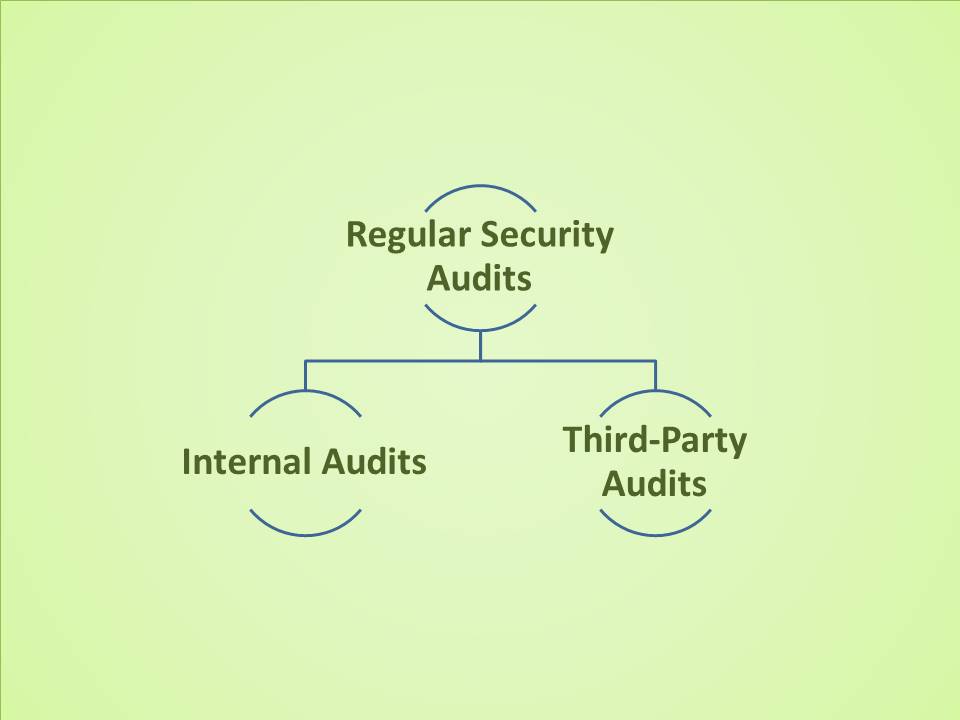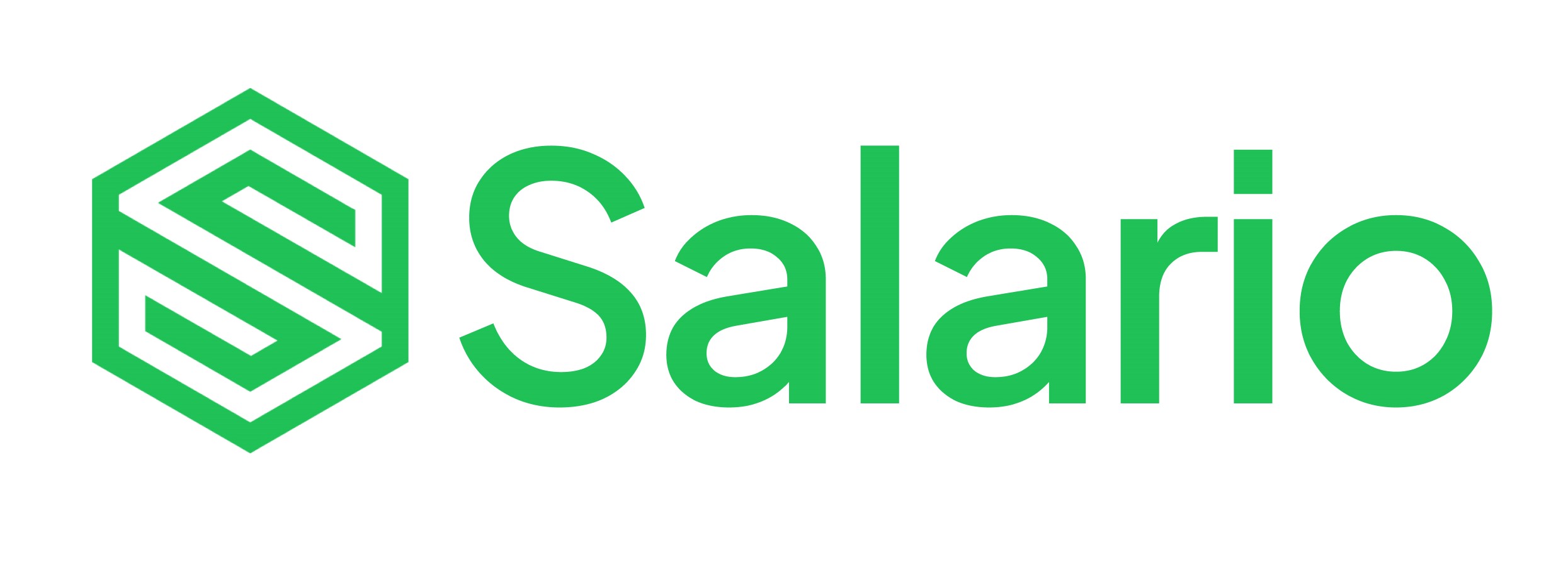
In today’s digital age, payroll security has become a critical concern for businesses of all sizes. With sensitive employee data and financial information at stake, ensuring payroll security is not just a regulatory requirement; it’s also essential for maintaining employee trust and protecting your business from financial and reputational harm. In this article, we’ll explore five essential tips and tricks for safeguarding your payroll data while also addressing some broader considerations to fortify your security strategy.
What is Payroll Security and Why Does it Matter?
Payroll security refers to the measures and practices businesses implement to protect sensitive payroll data from unauthorized access, theft, and breaches. This data often includes employee names, social security numbers, bank account details, and salary information, prime targets for cybercriminals.
The consequences of payroll data breaches are far-reaching. Beyond potential financial losses, a breach can damage your company’s reputation, erode employee trust, and lead to legal liabilities. According to recent data breaches in payroll systems, such incidents have surged in frequency, making robust payroll security a non-negotiable priority.

1. Implement Robust Access Controls
The best way to secure your company’s payroll data is to restrict the number of people with access to it. While every employee can have access to basic payroll information, restricting control access to sensitive payroll systems to only authorized personnel, such as HR managers or payroll administrators, is a great first step to payroll security. You can improve payroll security through access control with multiple techniques; two key methods are:
- Use Role-Based Access: Assign system access based on job roles to minimize exposure. For instance, a manager doesn’t need the same level of access as the payroll team.
- Two-Factor Authentication (2FA): Add an extra layer of security by requiring employees to verify their identity through secondary methods like OTPs or biometric scans.
You should regularly review access permissions, especially when employees change roles or leave the company.
2. Encrypt Payroll Data
Encryption is a cornerstone of payroll security. Encrypting sensitive payroll data ensures that even if hackers gain access to your systems, the data remains unreadable without the correct decryption key.
- Data Encryption in Transit and at Rest: Ensure all payroll data, whether stored or transmitted, is encrypted using advanced encryption standards (AES).
- Secure Cloud Payroll Solutions: If you use cloud-based payroll software, verify that your provider adheres to industry-leading encryption protocols.
3. Conduct Regular Security Audits

Periodic security audits are essential for identifying vulnerabilities in your payroll system and addressing them proactively. It is quite easy to overlook multiple
- Internal Audits: Use internal IT teams or compliance officers to evaluate payroll security measures.
- Third-Party Audits: Engage external security experts for an unbiased assessment of your systems.
A security audit should cover:
- Payroll software vulnerabilities.
- Employee device security (especially in remote work setups).
- Incident response protocols.
4. Train Employees on Payroll Security Best Practices
Even with advanced security systems in place, human error remains one of the leading causes of data breaches. Educating employees on payroll security best practices can drastically reduce the risk of accidental breaches.
- Phishing Awareness: Train employees to identify phishing scams targeting payroll or HR data.
- Password Hygiene: Encourage strong, unique passwords for payroll system access.
- Reporting Suspicious Activity: Foster a culture of vigilance by empowering employees to report any suspicious activity immediately.
Did You Know? Cybercriminals often target payroll teams with fraudulent emails designed to mimic official communications. Training can help your team spot these red flags.
5. Invest in Secure Payroll Software
Not all payroll software is created equal. Choosing a reliable and secure payroll platform is one of the most impactful steps you can take to protect your data. Making informed payroll software decisions could be the difference between payroll security and payroll woes. Here are some features to look for.
- Features to Look For:
- End-to-end encryption.
- Automatic software updates to address vulnerabilities.
- Audit trails to track access and changes to payroll data.
Emerging Threats in Payroll Security

While the above tips are essential, businesses must also stay informed about emerging threats in payroll security. These include:
- Ransomware Attacks: Cybercriminals encrypt your payroll data and demand payment for its release. Many companies fall victim to this sort of attacks, regardless of their size. In Nigeria, as far back as 2021, more than 70% of Nigerian organizations were hit by ransomware attacks.
- Insider Threats: Disgruntled employees or contractors with access to payroll systems can pose a significant risk. This is why control access should be a priority for every company.
- Remote Work Vulnerabilities: While it has come with huge benefits, increased reliance on remote work has expanded the attack surface for payroll systems, particularly when employees access them from unsecured devices or networks.
Staying ahead of these threats requires a combination of technological investment and proactive risk management.
Additional Strategies to Strengthen Payroll Security
Here are a couple of more ips that can help improve payroll security without any significant drawback to your company.
Automate Payroll Backups
Regular payroll automated backups ensure that you can quickly restore data in the event of a breach or system failure. Ensure that backup systems are also encrypted and stored in secure locations.
Compliance with Data Protection Regulations
Adhere to regulations in your region. There are several laws that mandate strict data protection protocols, providing an additional layer of accountability and security. With the right payroll software it is easier to comply with local security, labour, and payroll oriented laws.
Incident Response Plan
Develop a robust incident response plan to handle payroll security breaches swiftly. This plan should include:
- Immediate isolation of affected systems.
- Communication protocols for informing stakeholders.
- Steps to restore and secure compromised data.
The Business Case for Payroll Security
Investing in payroll security isn’t just about avoiding risks,it’s also a strategic advantage. Companies with strong payroll security protocols foster greater trust among employees and clients, reduce downtime associated with breaches, and ensure compliance with ever-evolving data protection regulations.
Conclusion: Payroll Security is a Shared Responsibility
Payroll security is no longer solely the domain of IT departments. It’s a shared responsibility that involves HR, payroll teams, and even employees. By implementing these five tips and considering the broader strategies discussed, your business can significantly reduce its risk of payroll data breaches.
As payroll security threats evolve, staying informed and proactive will be your best defense. Protecting payroll data isn’t just a technical requirement, it’s a commitment to your employees and your organization’s future. Salario has a a ton of resoeuce that can help you stay ahead n payroll security, legal compliance and general HR knowledge to help you run a smooth and effective business.
